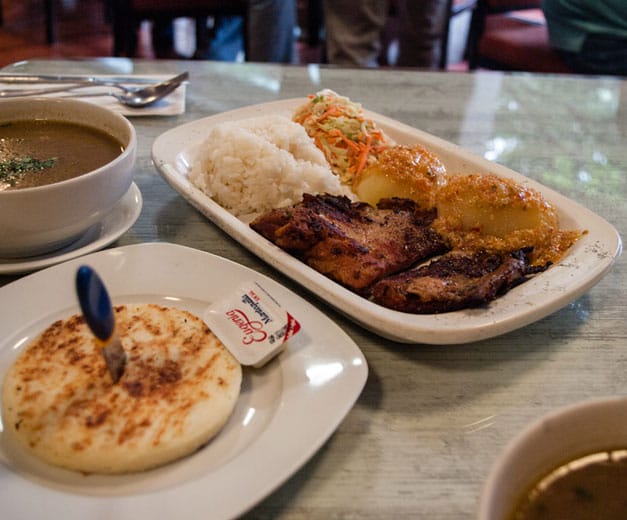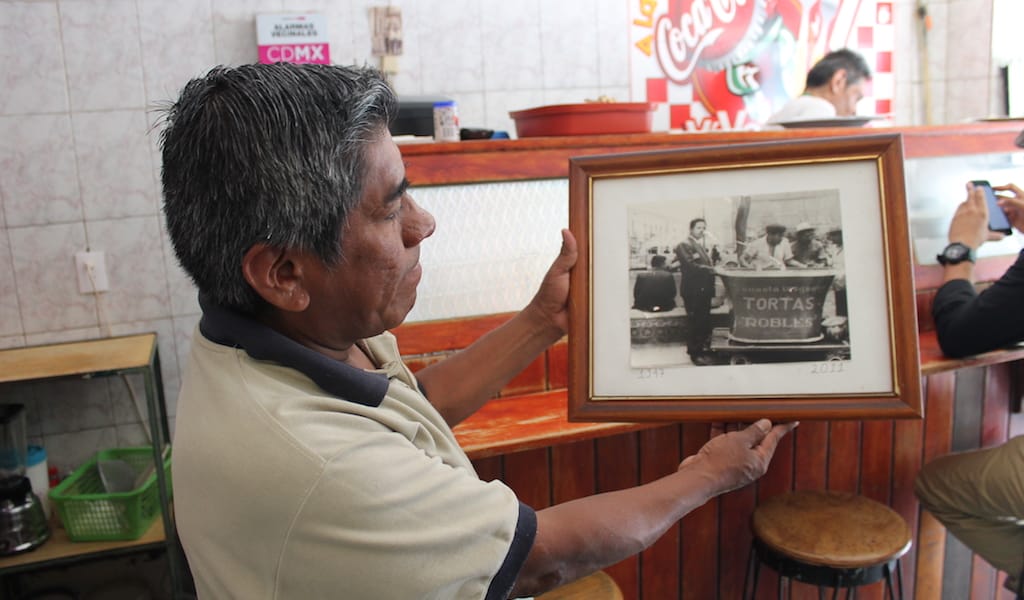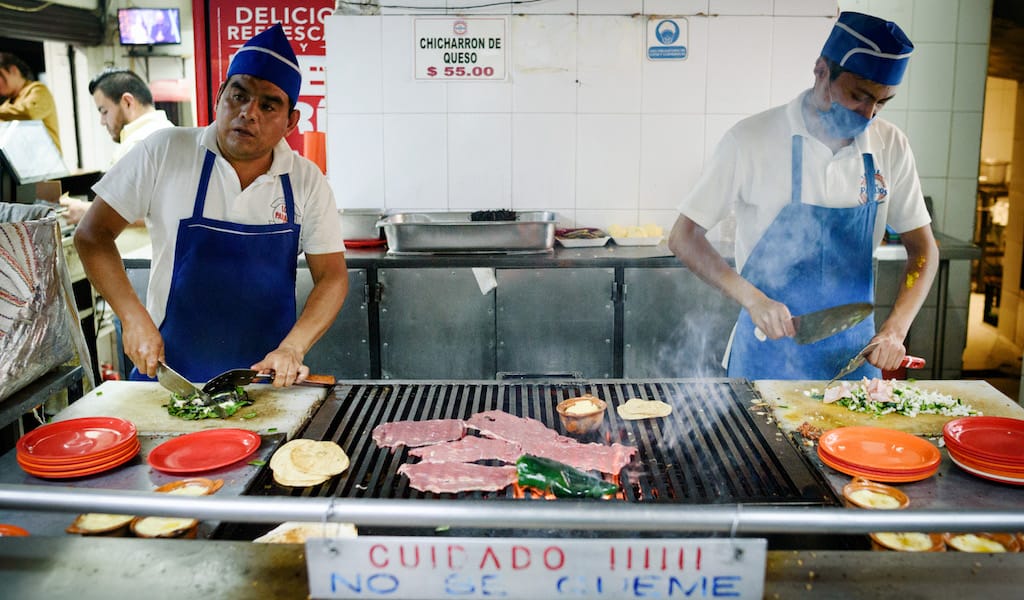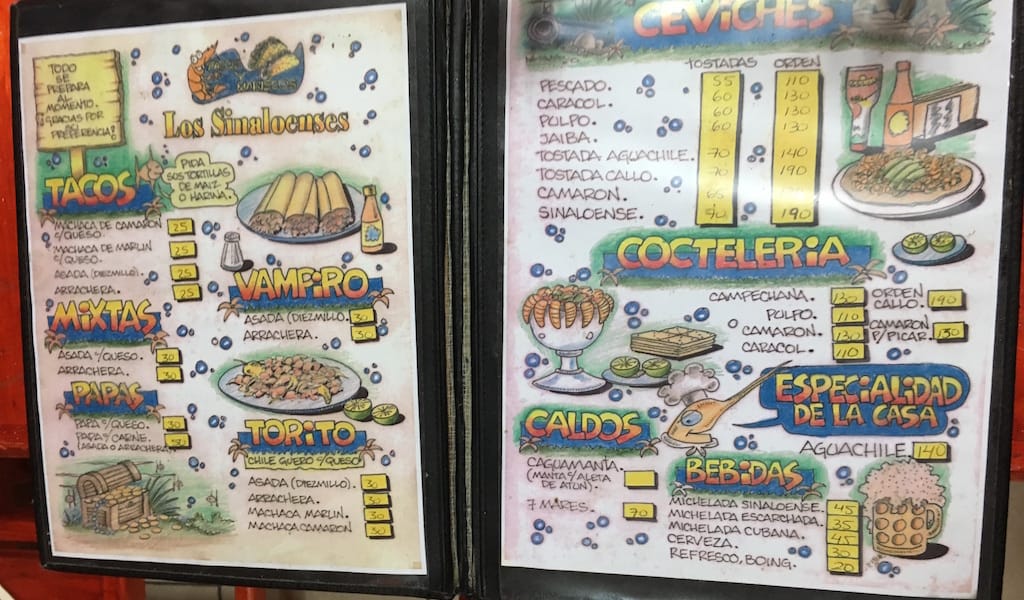Immigration between the U.S. and Mexico has long been thought of as a one-way phenomenon, but global economic upheaval and other factors have made the neighbor to the south the new Land of Opportunity. As a recent New York Times article put it, for the first time “more Americans have been added to the population of Mexico over the past few years than Mexicans have been added to the population of the United States.” Nowhere is this more apparent than in Mexico City, where immigrants come not just from the U.S. or other parts of Mexico, but also Argentina, Spain, Korea – everywhere, really. And these immigrants have brought with them a new world of excellent dining options.
Many culturally specific enclaves have popped up all over Mexico City in the last few years, including one comprised of a clutch of Colombian restaurants that have landed predominantly in the neighborhood of Roma Sur, on and around – fittingly – Medellín Avenue. One of those spots is La Ciénaga, run by Fabiola González and her husband, who first came to Mexico from their native Colombia more than 13 years ago to visit a son who chose to study in Mexico. They loved the city so much they decided to stay and have since become Mexican citizens. In the years that followed, they met many fellow Colombian expats and Fabiola often cooked for her son’s friends. Her cooking abilities were such that people began suggesting that she start a restaurant. After some convincing, she opened La Ciénaga seven years ago, offering up traditional Colombian dishes in Roma Sur, not too far from the city’s main avenue, Insurgentes.

La Ciénaga’s comfortable, modern interior is modestly appointed with wood furniture and Colombian art, providing just the right backdrop for González’s classic Colombian dishes. A well-polished glass case displays a variety of empanadas. We went with the empanadas con ají, a pair of tender, flaky, golden turnovers filled with a melt-in-your-mouth mixture of beef and potato. We thought at first that they were perfect all on their own, but the spicy ají pepper salsa that came alongside proved us wrong. The arepa con queso, another beloved Colombian specialty, was deceptively simple in looks, but the smooth, white-corn masa patty mixed with melted manchego cheese, alluringly toasted and topped with butter had a surprising smoky flavor and was deliciously sublime.
Portion sizes here are ample, so come with an appetite. The sancocho, a rich, hearty soup, arrived with a plate heaped with chicken, white rice, potato, beef, plantains and yuca, a starchy, potato-like tuber also known as manioc or cassava. The sancocho is a meal in itself and Fabiola’s favorite dish but is only available on weekends. For the rest of the week, we would happily settle for sudado de pollo, twice-cooked and extremely tender chicken on the bone covered in a rustic criollo sauce made of tomatoes and peppers stewed until they’re nearly falling apart. As with the other entrees, the plate was accompanied by a generous portion of rice, yuca and fried sweet plantains. We washed it all down with jugo de lulo, juice made from a South American fruit that tastes like a citrusy, slightly more sour pineapple. For more of a kick, Fabiola stocks her shelves with Águila and Club Colombia, beers made by Colombia’s very own Cervecería Bavaria. Those homesick for the familiar flavors of their homeland will rejoice to find Colombiana soda, Oma coffee and various cookies and candies among other grocery items on adjacent shelves.
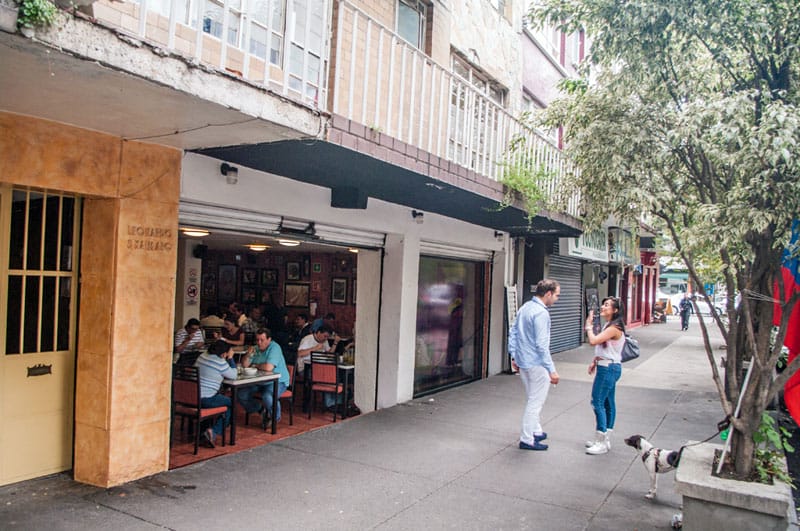
It’s the cooking, however, that brings the customers in droves. “Weekends are so busy!” Fabiola told us with a smile. She’s noticed some changes in demographics, too. “At first, most of my customers were Colombians. Mexicans didn’t come in here that much. Then our restaurant was featured on a local television show and now Mexicans make up half of our customers.” With all the immigrants streaming into the city, we’re sure she’ll see many more new faces. “We love it here,” Fabiola says. “Mexico has been so good to us.”
 December 19, 2018 Best Bites 2018
December 19, 2018 Best Bites 2018
The memory of 2017’s devastating earthquake still lingers in the minds of many in Mexico […] Posted in Mexico City September 20, 2018 Taquería Los Parados
September 20, 2018 Taquería Los Parados
Our trip to Taquería Los Parados in Roma Sur last month began like any other: we […] Posted in Mexico City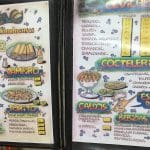 August 7, 2018 Los Sinaloenses
August 7, 2018 Los Sinaloenses
The northwestern Mexican state of Sinaloa is nestled between the western Sierra Madre […] Posted in Mexico City
Published on October 25, 2013
Related stories
December 19, 2018
Mexico CityThe memory of 2017’s devastating earthquake still lingers in the minds of many in Mexico City, but perhaps the biggest challenge the city faced in 2018 was gentrification. Ambitious development initiatives have resulted in safer neighborhoods; however, the cost of real estate has soared, leaving many long-term residents and business owners at risk for eviction,…
September 20, 2018
Mexico CityOur trip to Taquería Los Parados in Roma Sur last month began like any other: we gathered up four friends and began the trek to this beloved taco spot. But the dark, moody sky threatened rain, and in anticipation of a gushing downpour, we piled into a cab minutes before the first giant, icy cold…
August 7, 2018
Mexico CityThe northwestern Mexican state of Sinaloa is nestled between the western Sierra Madre Mountains and the Gulf of California – putting it between surf and high desert, and the sea doth offer bounty. Be it gigantic squid, run-of-the-mill “fish” or marlin, the sinaloenses fear not the chopping block when it comes to seafood, and the…







































